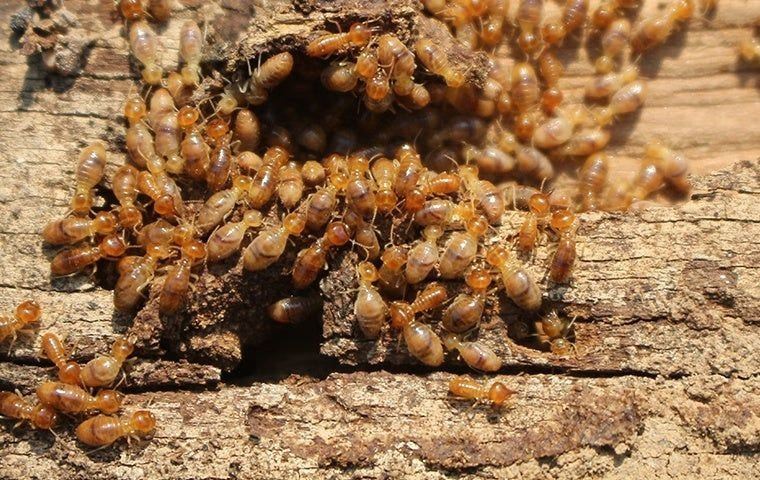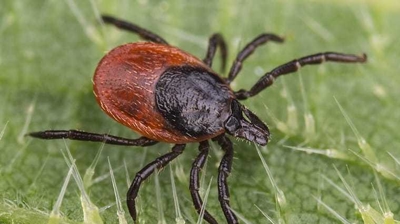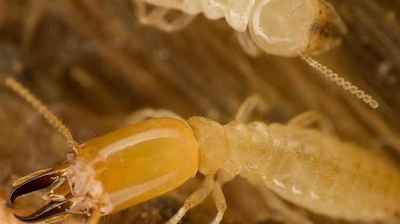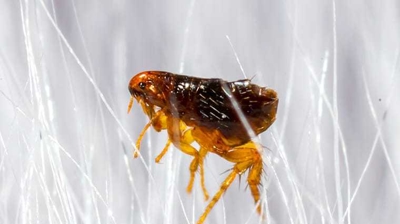
Wood Destroying Organisms Identification & Prevention
Frequently Asked Questions about Wood Destroying Organisms
Have questions? We are here to help. Still have questions or can't find the answer you need? Give us a call at 252-424-7966 today!

-
How can I prevent wood-destroying organisms in the future?
Prevent problems with wood-destroying organisms in Elizabeth City, NC, and surrounding areas by combining our professional services with the following prevention tips:
- Reduce moisture levels in and around your property by fixing leaky pipes and making sure gutters and downspouts are cleaned out.
- Inspect wooden antiques for powderpost beetle damage before bringing them into your home or business.
- Eliminate any soil-to-wood contact on your home or commercial property.
- Remove water-damaged wood from your property.
- Avoid the use of old barn wood inside your home.
- Paint or stain exposed bare wood in or around your property.
- Lumber used inside your home or business should be kiln-dried to kill wood-destroying insects.
- Keep the wood inside your home dry by maintaining heating and ventilation systems and using dehumidifiers.
- Seal up openings in your foundation, exterior walls, and spaces around windows and doors to stop wood-destroying insects from finding their way inside.
-
How do I get rid of wood-destroying organisms?
Professional pest control is the best way to control pests and keep them from returning. At Albemarle Termite & Pest Control, our pest management professionals are highly trained and dedicated to providing safe and effective services that are affordable. We are a local pest control company whose number one priority is putting our customers first and exceeding their expectations. To control pests in your home or business once and for all, contact Albemarle Termite & Pest Control today!
-
Where will I find wood-destroying organisms?
Eastern subterranean termites live in the moist soil close to their food sources. They travel from their nest to a food source each day and do not live inside the wood they are feeding on. Inside homes and other buildings, termites feed on the structural wood behind walls, under floors, or above ceilings. An infestation can continue for months or even years before discovering its presence.
Powderpost beetles invade and damage things like flooring, structural timbers, antique furniture, and wood trim. Female powderpost beetles lay their eggs on the surface or just under the surface of pieces of wood. When the eggs hatch, the larvae tunnel through the wood and feed on it – reducing it to a fine, dust-like powder. Old house borers prefer pine, spruce, and coniferous wood. Generally, infestations are localized to one portion of your property, and pests like powderpost beetles cause a lot of damage in a short time.
-
Why do I have a wood-destroying organism problem?
Termites build underground nests. The workers tunnel through the soil or build mud tubes above the ground to leave the nest and forage for food. Typical food sources include leaves, soil, wood, and other organic materials made up of cellulose. As termites forage for food, they enter through spaces in the foundation or areas of soil-to-wood contact.
Powderpost beetles, during the larval stage, usually find their way in through infested pieces of wooden furniture or wood products. Adults are active at night and are attracted to outdoor lighting, finding their way in through spaces in exterior walls or areas around windows and doors. Old house borers lay their eggs in the cracks and crevices of logs and wood stored in lumberyards. You'll find these wood-destroying pests in newly constructed properties.
-
Are wood-destroying organisms dangerous?Wood-destroying organisms pose a significant danger to property but not to people. The damage these pests cause by feeding on wood or tunneling through it can become extensive and costly to repair. In the case of many wood-destroying insects, including eastern subterranean termites, homeowners insurance does not cover the cost of repairs because the damage is viewed as preventable.
-
What are wood-destroying organisms?
Wood-destroying organisms are those pests that cause damage to the structural integrity of your home or business by feeding on or nesting in the wood inside of it. These insect invaders are responsible for causing billions of dollars worth of property damage in the United States each year.
The most common species of wood-destroying organisms to invade homes and businesses in our areas of North Carolina and Virginia are listed below.
- Old House Borers - Old house borers are a type of longhorn beetle that attacks seasoned softwoods – pine in particular. The feeding larvae make a distinctive rasping or clicking sound.
- Powderpost Beetles - Powderpost beetles invade wood, and their larvae turn it into a fine powder. These pests invade both hardwoods and softwoods.
- Termites - The eastern subterranean termite is a ground-nesting species and one of the most commonly found damaging properties throughout the United States. They have high moisture needs and are attracted to water-damaged or decaying wood.



